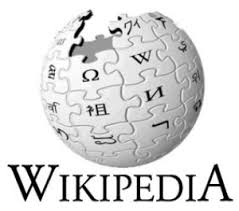« Comment prendre pour « réaliste » un projet de modernisation qui aurait « oublié » depuis deux siècles de prévoir les réactions du globe terraqué aux actions humaines ?
Comment accepter que soient « objectives » des théories économiques incapables d’intégrer dans leurs calculs la rareté de ressources dont elles avaient pourtant pour but de prévoir l’épuisement ?
Comment parler d’ »efficacité » à propos de systèmes techniques qui n’ont pas su intégrer dans leurs plans de quoi durer plus de quelques décennies ?
Comment appeler « rationaliste » un idéal de civilisation coupable d’une erreur de prévision si magistrale qu’elle interdit à des parents de céder un monde habité à leurs enfants ? » Bruno Latour
2018
Freshwater availability is changing worldwide. Here we quantify 34 trends in terrestrial water storage observed by the Gravity Recovery and Climate Experiment (GRACE) satellites during 2002–2016 and categorize their drivers as natural interannual variability, unsustainable groundwater consumption, climate change or combinations thereof. Several of these trends had been lacking thorough investigation and attribution, including massive changes in northwestern China and the Okavango Delta. Others are consistent with climate model predictions. This observation-based assessment of how the world’s water landscape is responding to human impacts and climate variations provides a blueprint for evaluating and predicting emerging threats to water and food security. Analysis of 2002–2016 GRACE satellite observations of terrestrial water storage reveals substantial changes in freshwater resources globally, which are driven by natural and anthropogenic climate variability and human activities.




